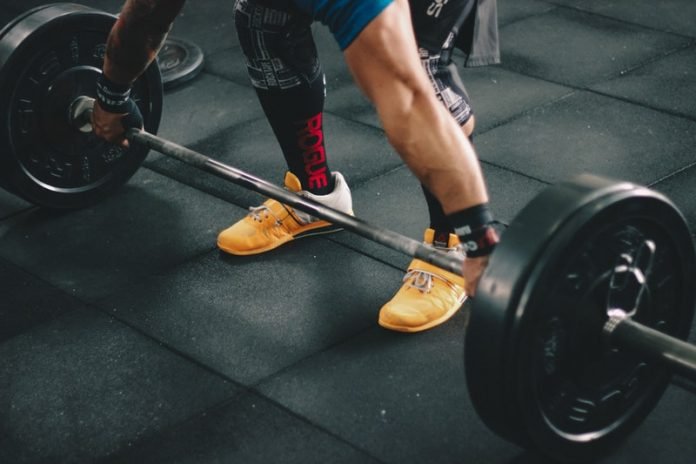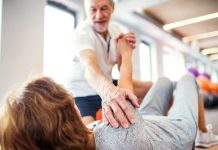
In a new study, researchers found that men between 35 and 50 years of age are more likely to have osteopenia, a precursor to osteoporosis than women.
Osteoporosis occurs when bones lose minerals, such as calcium, more quickly than the body can replace them, causing a loss of bone thickness.
Osteopenia occurs when bones are weaker than normal but do not yet break easily.
The study was done by a team from the University of Mississippi.
In the study, the team analyzed the bone mineral density of 173 adults between 35 and 50 years old.
Many of the men participating in her study had strong exercise habits, although a majority reported cycling as their workout of choice.
Like swimming, cycling benefits the cardiovascular system but is not weight-bearing.
Participants were scanned at the femoral hip and lumbar spine, using dual-energy X-ray absorptiometry.
The technology is proven to be precise while exposing patients to a minimal dose of radiation.
The researchers found that about 28% of men and 26% of women in the age range may develop osteopenia.
Previous research has linked the loss of bone mineral density with post-menopausal women, but this study shows elevated risk in younger men.
The team suggests that bone health assessments can help middle-aged adults understand their future risk of osteoporosis.
Fractures are often the first symptom of osteoporosis after years of silent and progressive bone loss.
The researchers believe more middle-aged adults should be scanned to understand their risk and establish a baseline for monitoring.
The best way to maintain bone health is through weight-bearing exercises, like walking, running and jumping.
Moderate weight lifting is also beneficial, though older adults may need to avoid overly heavyweights.
In addition, many people overestimate the value of calcium in maintaining bone health.
Calcium plays a larger role when bones are still developing. After that, the body begins to rely on weight-bearing exercise to keep bones strong.
The lead author of the study is Martha Ann Bass, Ph.D., Associate Professor of Health, Exercise Science and Recreational Management.
The study is published in The Journal of the American Osteopathic Association.
Copyright © 2019 Knowridge Science Report. All rights reserved.



